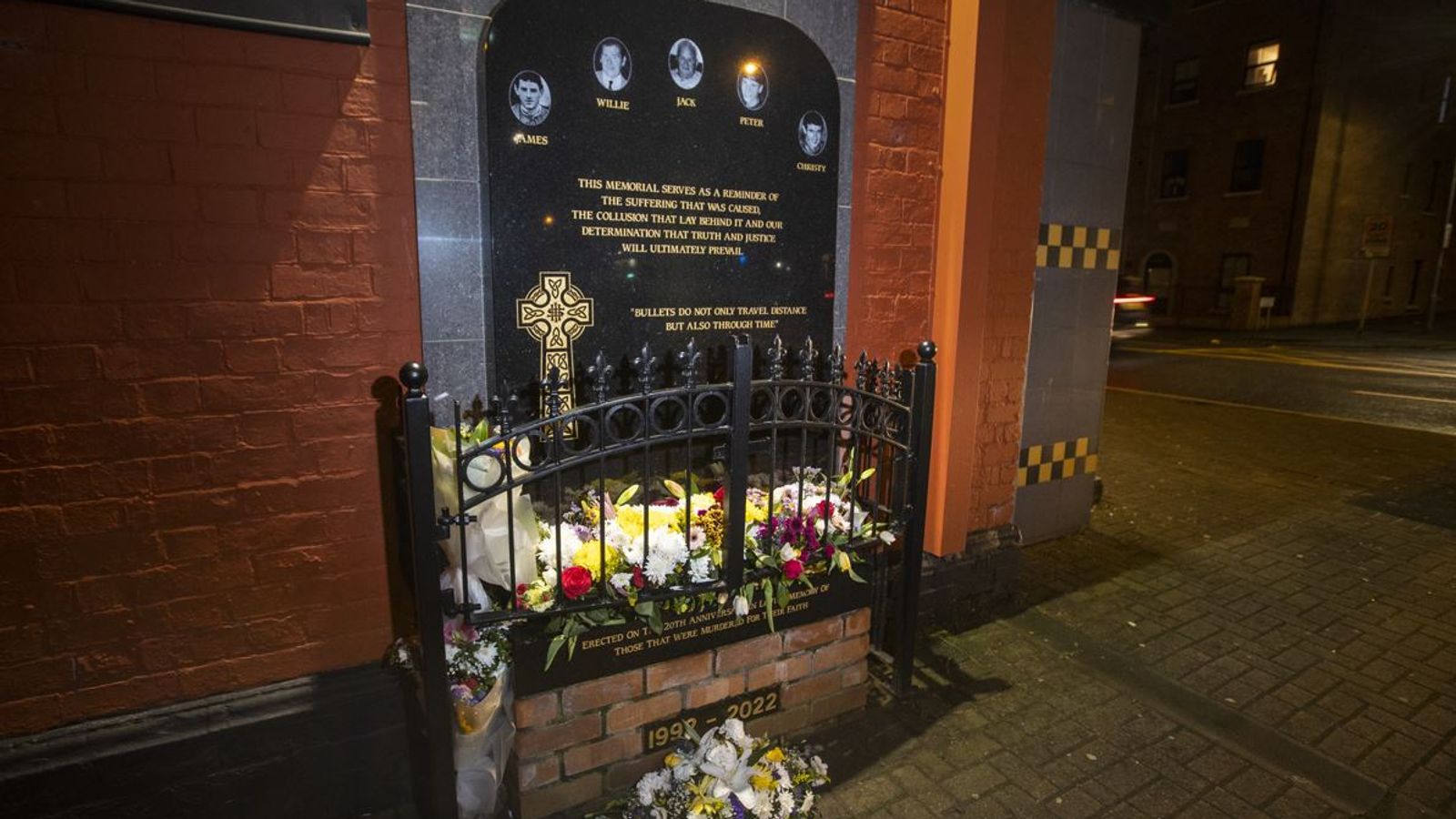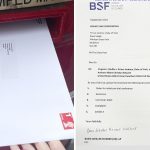The Royal Ulster Constabulary engaged in “collusive behaviours” and used known murderers as informants during a period of loyalist paramilitary killings in the 1990s, a major report has found.
Marie Anderson, the Police Ombudsman for Northern Ireland, also found that deactivated and live weapons were returned to loyalist paramilitaries by police.
One of them, a Browning pistol, was later reactivated and used to murder Aidan Wallace, 22, in a pub, three days before Christmas in 1991.
Between 1990 and 1998, 11 people were murdered in the attacks, including five who lost their lives in the Sean Graham bookmakers on the Ormeau Road in south Belfast in February 1992. All the victims were Catholic.
The Browning pistol was also used in the bookmakers. Ms Anderson said that releasing it back “to a terrorist” was “inherently reckless”.
The Police Service of Northern Ireland (PSNI) said “areas” of the report made for “uncomfortable reading”.
Ms Anderson found a “range of collusive behaviours by police”, including:
Regarding the use of informants, RUC Special Branch responded to an escalation in loyalist paramilitary violence by “seeking to expand their network of informants within loyalist paramilitaries, including from the UDA/UFF, in south Belfast”, the report said.
“My investigation identified the continued use by Special Branch of a number of informants in south Belfast who were actively participating in serious criminality, including murder,” Ms Anderson said, describing it as “totally unacceptable”.
The new report, combined with previous ones, shows a total of eight UDA/UFF informants who were linked, through intelligence, to the murders and attempted murders of 27 people.
Ms Anderson observed: “I am of the view that the absence of controls, combined with the absence of records relating to these informants, constitutes collusive behaviour.”
She added, however, that some success did come from the RUC’s use of informants and it “potentially saved lives”.
The investigation also found no evidence that police had actively sought to protect informants from arrest or prosecution.
Discussing weapons, Ms Anderson said the Browning pistol had been given to an informant described as being a “quartermaster” for the UDA/UFF.
That person made his weapon and others available to police.
Police deactivated the Browning, but not the other weapons, and returned them to that same person, the report said.
It was “subsequently reactivated and later used to murder Aidan Wallace as well as in the attack on Sean Graham’s bookmakers”.
“As an objective, independent observer, I find it inherently reckless that live weapons were provided to a terrorist in any circumstance,” Ms Anderson said.
Christy Doherty, Jack Duffin, Peter Magee, Willie McManus and 15-year-old James Kennedy all died in the betting shop attack. Several others were badly injured.
The report covered the murders of Harry Conlon and Aidan Wallace in 1991; Michael Gilbride in 1992; Martin Moran in 1993, Theresa Clinton in 1994 and Larry Brennan in 1998.
It also included the attempted murder of Samuel Caskey in 1990.
A Court of Appeal judgment in 2020 limited the scope of the ombudsman to accuse former officers of the criminal offence of collusion with paramilitaries.
But she said that bereaved families’ and survivors’ long-held concerns over the conduct of the RUC, including complaints of collusion with paramilitaries, were “legitimate and justified”.
Jonathan Roberts, PSNI temporary assistant chief constable, said: “Areas of the report make uncomfortable reading and I want to offer my sincere apologies to the families of those killed and injured for the failings identified in this report.
“We will never seek to excuse bad policing and where criticism is reasonably made the police service will acknowledge and address that.
“There is a willingness to consider and examine police actions openly, professionally and proportionately; where there has been wrongdoing, those responsible should be held to account for their actions.
“We have recognised the deficiencies and failings that have been previously highlighted by a number of inquiries regarding the handling and dissemination of intelligence by the RUC.”






















